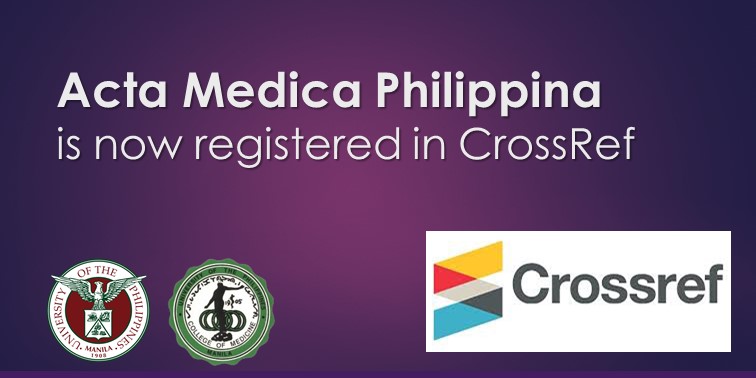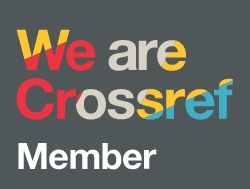Integration of Simulated Thoracentesis Using Thiel-preserved Cadavers in the Teaching of Thoracic Anatomy for Learning Unit III Medical Students: An Innovative Learning Strategy
DOI:
https://doi.org/10.47895/amp.v59i6.11626Keywords:
Thiel-embalmed cadaver, thoracentesis, simulation, medical educationAbstract
Background. Proficiency in performing thoracentesis is a key competency recommended in the Medical Schools Objective Project (MSOP) adopted by the American Association of Medical Colleges, USA, that medical students should possess prior to graduation, although they often do not practice it clinically until the later stages of their training. Thiel-embalmed cadavers, which offer a lifelike experience with less irritation than formalin-preserved cadavers, have been increasingly used as early as 1st year medical school to teach such procedures because of their feel-like and look-like real patients. There are no studies on the use of Thiel- cadavers for simulated thoracentesis among medical students in the Philippines.
Objective. To evaluate the attitudes and perceptions of medical students on the use of Thiel-soft embalmed cadavers for simulated thoracentesis as to the understanding of thoracic anatomy, overall learning experience, and confidence in performing the procedure in the cadaver and possibly in the clinical setting.
Methods. This is a descriptive cross-sectional study among Learning Unit III medical students in the University of the Philippines conducted from June 13 to 17, 2022. In the final station of the Organ System Course 205 of the Department of Anatomy's LEAP II program, a simulated thoracentesis procedure was set up using a Thiel-preserved cadaver with artificially created pleural effusion. After watching and studying thoracic anatomy, watching a video on how thoracentesis was performed by a general surgeon, students performed the procedure, and were asked to answer a 6-question Likert-scale survey to assess their perceptions and attitudes of the simulation procedure. Data was analyzed using descriptive statistics.
Results. Most of the students strongly agreed that practicing thoracentesis on the soft cadaver has improved their understanding of the anatomical basis of doing thoracentesis (97%) and of the steps of the procedure (94.9%). Similarly, when asked about how they felt doing the simulated thoracentesis, almost all (98%) strongly agreed that it was an enjoyable and stimulating learning experience. Majority strongly agreed (68%) that they felt capable doing the procedure on a soft cadaver against less than half (38.4%) feeling capable of doing it in the clinical setting. Almost all (97%) strongly agreed that simulated thoracentesis on a soft-embalmed cadaver should be part of the learning competencies of medical students because of the skills they learn by doing the procedure.
Conclusion. Integrating a simulated thoracentesis using a Thiel-preserved cadaver early in the course of a student’s medical education, provided students with a better understanding of the anatomy of the thoracic wall and the anatomical basis of doing this simulation procedure. Though confidence in performing the procedure in a soft cadaver is higher than in a clinical setting, the latter setting may need repeated training to further hone their skills. Practicing thoracentesis on soft-embalmed cadavers significantly enhanced medical students' understanding and enjoyment of the procedure. This innovative approach can be considered by anatomy educators as an integrative learning activity when teaching thoracic cage anatomy. This can also be extended to senior medical students and residents across different specialties.
Downloads
Published
Issue
Section
License
Copyright (c) 2025 Acta Medica Philippina

This work is licensed under a Creative Commons Attribution-NonCommercial-NoDerivatives 4.0 International License.




.jpg)



